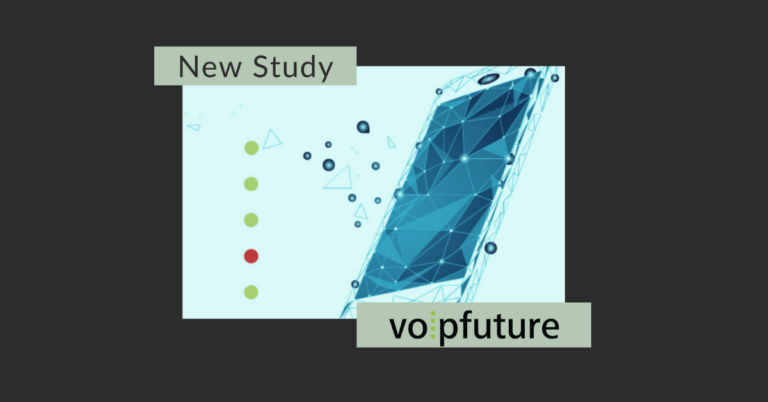A new study on the link between call quality and call duration.
Voipfuture has performed an extensive analysis of the dependency of duration and quality of live calls. The results will be published in a whitepaper to be released at the Mobile World Congress 2017.
The analysis reveals a clear dependency between codec and average call duration as well as network performance and average call duration. Surprisingly, the study finds that levels of packet loss and jitter which are typically observed in Voice over LTE (VoLTE) and Voice over Wifi (VoWifi) networks have a substantial impact on call duration.
The new EVS (Enhanced Voice Services) codec has many features to improve robustness and conceal errors, yet the findings indicate that this may not be sufficient to deal with the adverse conditions in live LTE and Wifi networks.
This implies that the benefits of wideband and superwideband codecs, such as EVS, will only become evident once operators fix the transport quality of their networks. Indeed, the current marketing campaigns promoting EVS-based services are raising user expectations to a level that calls for disappointment. Customer satisfaction will only improve, when VoLTE and VoWifi service providers get their networks under control.
“Our customers make huge investments in VoLTE & VoWiFi to provide excellent voice service quality. But their end customers have many OTT options, such as Skype and Facetime, to make often excellent voice and video calls. Providing a constantly high user experience is the opportunity for mobile operators. However, this requires more than only a good voice codec – it needs an excellent network performance as well,” said Jan Bastian, Voipfuture’s CEO.
The study is based on data from more than 16 million international, domestic and mobile (VoLTE) live calls analyzed by Voipfuture’s Qrystal VoIP monitoring solution. The analysis was made possible by Connect, a new Qrystal solution component that correlates all available call data to create quality-enriched CDRs.
This whitepaper is the first in a series of papers which aims to provide our customers with an in-depth understanding of how to improve the quality of experience.

